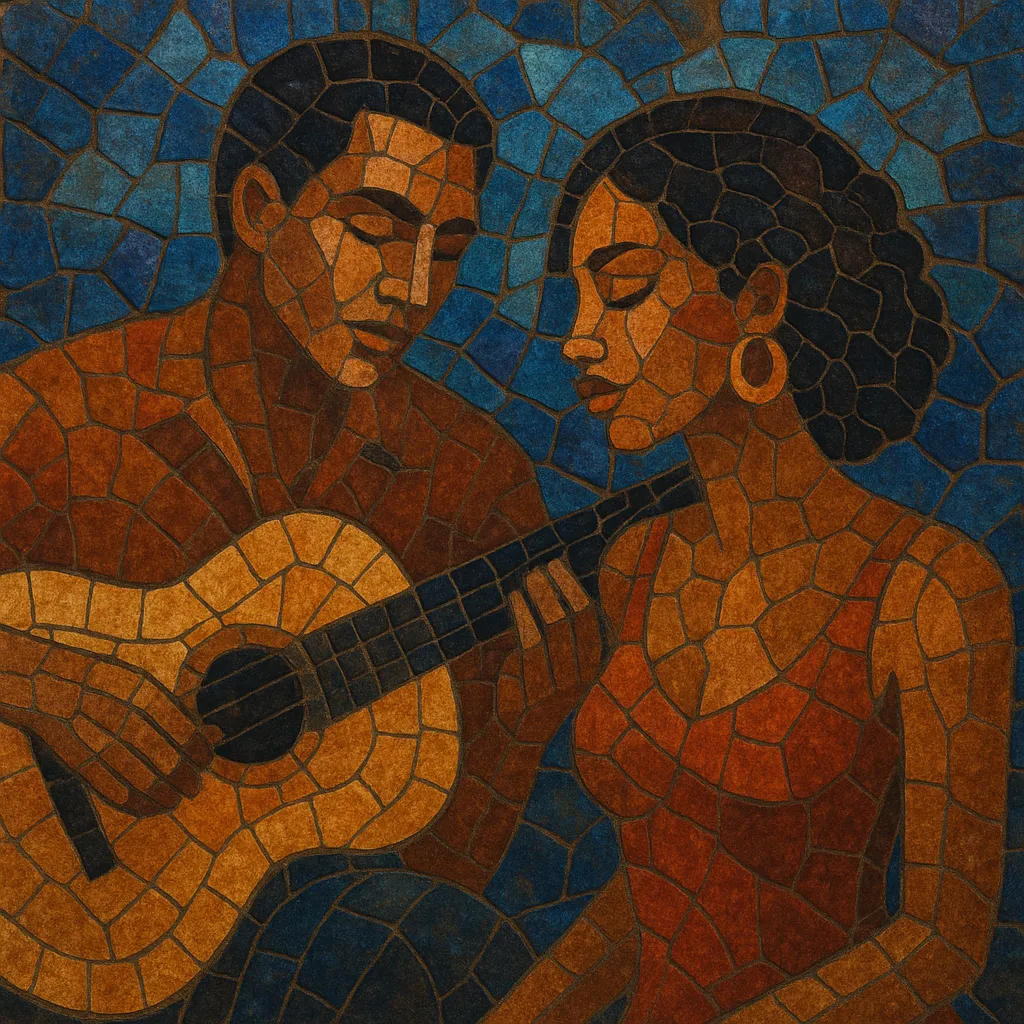Cabo zouk is a romantic, mid‑tempo dance style from Cape Verde that blends the silky grooves of Antillean zouk and Angolan kizomba with Cape Verdean song traditions such as coladeira and morna.
Characterized by lush synth pads, gently syncopated drum programming, round sub‑bass, and melodic guitar lines, the genre favors intimate vocals sung in Cape Verdean Creole and Portuguese. Its feel is smooth and sensual, optimized for close‑hold social dancing and late‑night listening.
Developed largely within the Lusophone diaspora (Portugal, the Netherlands, France), Cabo zouk modernized zouk love aesthetics while retaining Cape Verde’s melodic sensibility, creating a sleek, R&B‑tinged sound that travels easily between clubs, radio, and dance floors worldwide.
Cabo zouk emerged as Cape Verdean musicians engaged with the rising popularity of Antillean zouk and the contemporaneous Angolan development of kizomba. Artists in Praia and the Cape Verdean diaspora absorbed these styles and fused them with local traditions—particularly the melodic contours of morna and the rhythmic lilt of coladeira—shaping a lighter, love‑song oriented variant often called "Cabo love" or "Cabo zouk".
Recording hubs in Lisbon, Rotterdam, and Paris became crucial, where Cape Verdean singers and producers adopted modern drum machines, digital synths, and R&B‑flavored vocal production. The result maintained zouk’s 4/4 pulse but softened the percussion and spotlighted crooning vocals in Cape Verdean Creole. Radio‑friendly singles and compilation CDs helped standardize the sound and spread it across Lusophone communities.
As kizomba exploded in international dance circuits, Cabo zouk both coexisted with and informed the smoother, romantic spectrum of that scene. Cape Verdean artists delivered charting singles and collaborations with Angolan and Francophone producers, reinforcing a shared Lusophone pop‑dance network. The genre’s polished aesthetics—warm pads, gentle guitars, and tender toplines—became a staple at social dances and festivals.
Cabo zouk continues to evolve with contemporary production (trap‑influenced drums, wider low‑end, and airy vocal mixing) while retaining its core: intimate storytelling, graceful mid‑tempo grooves, and a dance‑floor focus suited to close‑hold partner styles.


